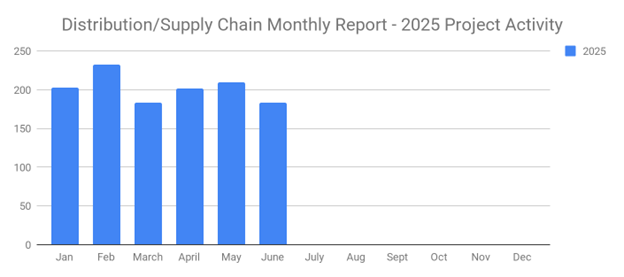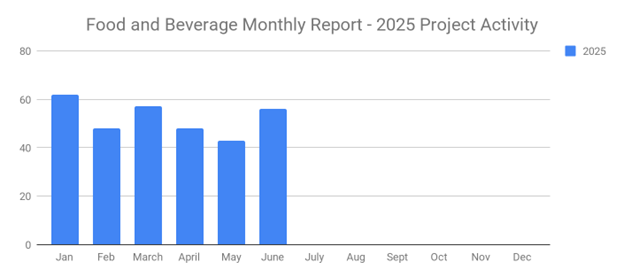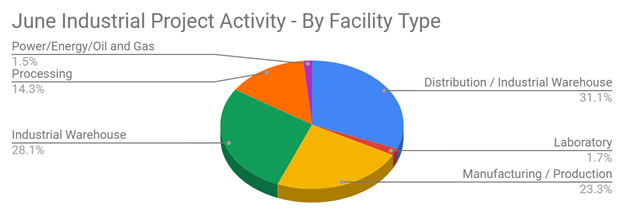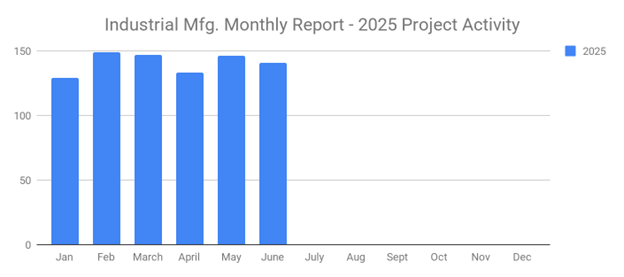
Lead generation remains a top priority for nearly all B2B companies. Whether your B2B company sells products, services or a combination thereof, it probably uses leads to facilitate sales. Leads give sales reps the information they need to pitch your B2B company's products or services to prospective buyers. When generating leads, however, you might be wondering how to measure the success of your efforts. While different B2B companies use different metrics, there are several ways to measure the success of your lead generation efforts.
Lead Quantity
You can measure B2B lead generation success by tracking the quantity of leads that you generate. Conventional wisdom should tell you that the more leads you generate, the better. If you only generate a handful of leads per week -- or a longer period -- you should reevaluate your lead generation strategy because there's probably something wrong with it. Maybe you are targeting the wrong channels, or perhaps you aren't using an effective value proposition. Regardless, the quantity of leads you generate can reveal whether your strategy is working or failing.
Cost Per Lead
While the quantity of leads you generate can provide insight into success, it's somewhat of a superficial metric. After all, you may spend more money to generate those leads than the amount of revenue they drive for your B2B company. This is why it's a good idea to measure cost per lead. Cost per lead is a self-explanatory metric that reflects the average cost incurred by your B2B company per each lead generated. You can compare this metric to that of your B2B company's customer lifetime value. If the cost per lead is lower than your B2B company's customer lifetime value, you're on the right track. If it's lower, on the other hand, your lead generation strategy isn't effective.
Lead Growth Rate
Another metric you can use to measure B2B lead generation success is lead growth rate. Also known as lead velocity rate, it's a relative measurement of how many leads your B2B company at the end of a given period compared to the number of leads it had at the end of the last period. Lead growth rate can either have a positive or negative value. A positive lead growth rate indicates that your B2B company is growing its leads. In comparison, a negative lead growth rate indicates that your B2B company is losing its leads.
Lead Quality
You can look into the quality of your B2B company's leads for insight into lead generation success. Not all leads offer the same value to your B2B company. A lead consisting of a low-level worker at a target company, for instance, is less likely to convert than a lead consisting of a C-level executive at the same company. Therefore, you should measure lead quality when evaluating the success of your lead generation efforts. High-quality leads, such as the aforementioned C-level executives, offer greater value because they are easier to convert. They'll drive more revenue for your B2B company, making them essential to your B2B company's operations.
Conversion Time
Don't overlook conversion time when measuring B2B lead generation success. Conversion time refers to the average length of time it takes to convert a lead into a buyer. Some leads may convert almost instantly after an initial communication with a sales rep. Other leads may take weeks or even months to convert. By tracking conversion time, you'll have a better understanding of how long it takes your leads to convert. This information can help you determine whether your B2B lead generation strategy is working or failing.
Leads Per Channel
How many channels does your B2B company use to generate leads? LinkedIn is undoubtedly a popular channel for lead generation. According to HootSuite, nearly nine in 10 B2B companies use it to source new leads. With that said, most successful B2B companies don't rely on a single channel; they use multiple channels. When using multiple channels, though, you should track the number of leads that you generate per each channel.
ROI
Perhaps the most meaningful metric for lead generation success is return on investment (ROI). ROI reflects the costs associated with your B2B company's lead generation strategy versus the amount of revenue those leads bring. Like lead growth rate, ROI can have either a positive or negative value. If your B2B company's leads drive more revenue than the amount of money you pay to acquire them, you'll have a positive ROI. A negative ROI, conversely, indicates that your B2B company's leads cost more to acquire than the amount of revenue they drive. Therefore, you should strive for a positive ROI with your B2B company's lead generation strategy.
Lead generation remains an essential task for nearly all B2B companies. When generating leads, though, you'll need to measure the success of your efforts. Turning a blind eye to performance metrics like lead quantity, cost per lead, lead growth rate and others may result in failure.
What to learn more? Get in Touch
Latest Posts
-

June's New Distribution and Supply Chain Planned Projects Return to March’s 183 Confirmed Figure
-

Food and Beverage Rebounds with 56 New Planned Projects Igniting Growth After Decline
-

June 2025’s New Industrial Construction Projects Grew 7% Month-Over-Month
-

Q2 Industrial Manufacturing Soars 31% for Planned Projects Over $100M; June Planned Industrial Projects Hit 141

